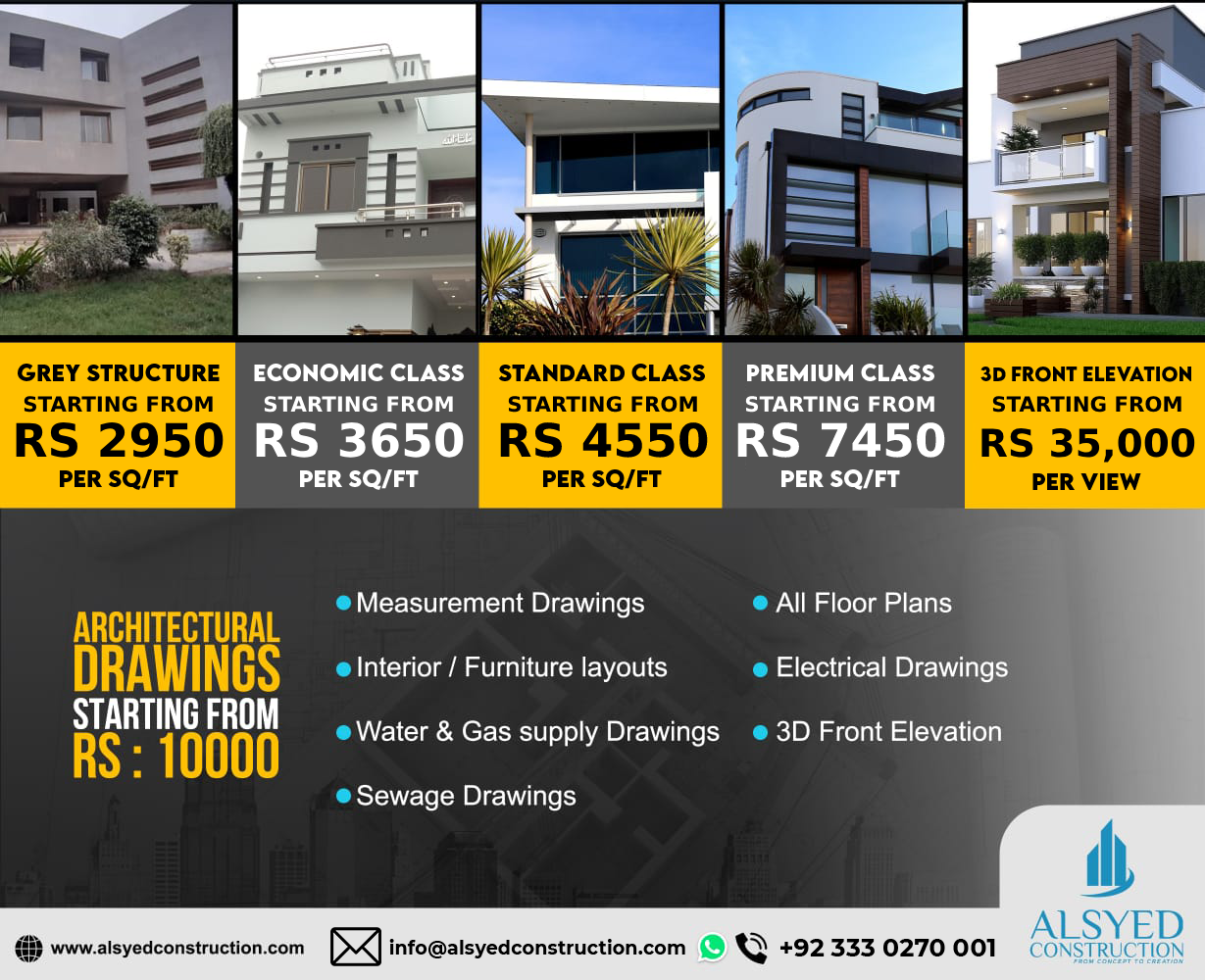Bow Plans in Construction in the USA
Introduction
In construction, the term bow plans is often associated with structural design, architectural drafting, and framework stability. These plans help engineers, architects, and builders ensure that structures are aligned, balanced, and capable of withstanding environmental forces. Understanding bow plans is crucial for maintaining construction precision, durability, and compliance with U.S. building codes.
What Are Bow Plans in Construction?
Definition and Purpose
A bow plan refers to a detailed architectural or structural blueprint that focuses on ensuring that curved, arched, or slightly bowed structural components are designed and installed correctly. These plans play an essential role in projects that involve:
- Arched roofing systems
- Curved bridge designs
- Bowed walls and facades
- Custom-built staircases with curved railings
Bow plans help ensure that the curvature or bending in the design is structurally sound and meets all load-bearing and stress distribution requirements.
Bowing in Construction: A Structural Concern
In some cases, bowing can refer to an undesirable curvature in walls, floors, or other structural components due to factors such as:
- Improper material selection
- Moisture exposure and warping
- Structural load imbalance
- Foundation settling
Bow plans help mitigate these risks by accounting for environmental and material influences before construction begins.
Key Elements of Bow Plans in Construction
1. Structural Calculations and Load Distribution
Bow plans define load-bearing properties and ensure that curved structures can withstand weight, wind pressure, and thermal expansion. The primary considerations include:
- Dead loads (weight of the structure itself)
- Live loads (occupants, furniture, equipment)
- Wind and seismic forces
- Expansion and contraction due to temperature changes
2. Material Selection for Bowed Structures
Materials used in bowed construction elements must be flexible, durable, and capable of handling stress without warping or cracking. Common materials include:
- Laminated wood beams (glulam) for arched roofs and ceilings
- Steel and aluminum frameworks for curved structures
- Pre-stressed concrete for bridges and arched tunnels
- Engineered glass for curved facades and windows
3. Architectural Drawings and Blueprint Specifications
Bow plans provide detailed blueprints that highlight:
- Precise curvature dimensions
- Reinforcement requirements
- Connection points and fastener placements
- Material thickness and stress tolerances
These plans guide construction teams in executing the design without deviation from the intended curve or arch.
Common Applications of Bow Plans in the USA
1. Bowed Roofs and Arch Construction
In modern architecture, bowed or arched roofs are frequently used in:
- Stadiums and sports arenas
- Airplane hangars
- Convention centers
- Churches and cathedrals
These structures require advanced bow planning to ensure that the roof maintains its curvature without sagging over time.
2. Curved Facades in High-Rise Buildings
Bow plans are essential for constructing glass-curved facades in skyscrapers and high-rise buildings. These designs enhance:
- Aesthetic appeal
- Wind resistance
- Energy efficiency (better light reflection and temperature regulation)
3. Bridge and Tunnel Design
Bow plans are crucial for designing arched bridges and tunnels, which:
- Distribute weight evenly across the span
- Enhance structural integrity
- Reduce material costs while increasing load capacity
Notable examples in the USA include:
- The Gateway Arch (St. Louis, MO)
- Brooklyn Bridge arches
- Hoover Dam bypass bridge
4. Bowed Staircases and Interior Architectural Features
Bow plans are also applied in custom-built staircases with curved railings and steps. These are commonly found in:
- Luxury homes and mansions
- High-end hotels and resorts
- Corporate headquarters and government buildings
Challenges and Solutions in Bow Plan Execution
1. Achieving Precision in Curved Construction
Challenge: Bowed structures require extreme accuracy to maintain symmetry and load distribution.
Solution: Advanced CAD (Computer-Aided Design) software and laser-guided measuring tools ensure precise execution.
2. Material Stability Over Time
Challenge: Curved materials may warp, expand, or contract due to climatic conditions.
Solution: Using laminated wood, pre-stressed concrete, and reinforced steel enhances stability and longevity.
3. Construction Cost Considerations
Challenge: Bowed structures often require custom-fabricated materials, increasing costs.
Solution: Using modular construction techniques and prefabricated curved panels can help reduce expenses.
Building Codes and Regulations for Bow Plans in the USA
All bowed structures must comply with U.S. building codes to ensure safety and durability. Key regulatory bodies include:
- International Building Code (IBC) – Governs structural integrity and material standards
- American Concrete Institute (ACI) – Regulates curved concrete structures
- American Institute of Steel Construction (AISC) – Defines standards for curved steel frameworks
Meeting these regulations ensures that bowed architectural elements remain safe, efficient, and legally compliant.
Conclusion
Bow plans are an essential part of modern architectural and structural design, providing the necessary framework for curved and arched structures in commercial, residential, and infrastructural projects. Proper planning, material selection, and adherence to building codes ensure that these structures remain safe, durable, and aesthetically appealing.
[Hyperlink to competing article]

